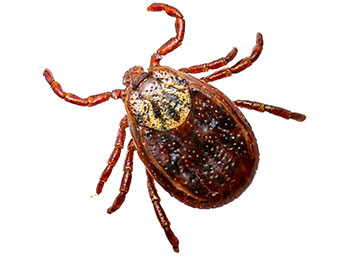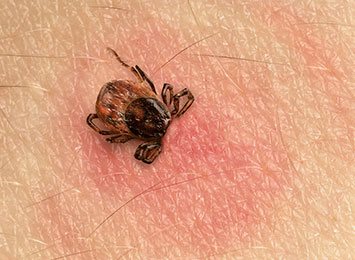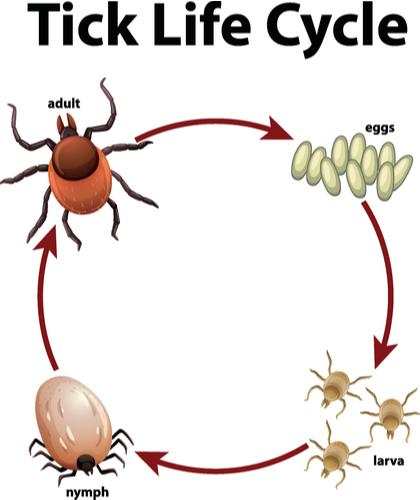Ticks are infamous transmitters of various dangerous diseases, including Lyme disease, Rocky Mountain spotted fever, and tularemia. Unfortunately, they are common across the U.S. While ticks do live in New York, most cases of tick-borne disease are contracted in grassy or wooded areas outside of densely populated areas.
We’ll help you identify different species of ticks, learn what a tick bite looks like, and how tick control services can keep ticks away.




